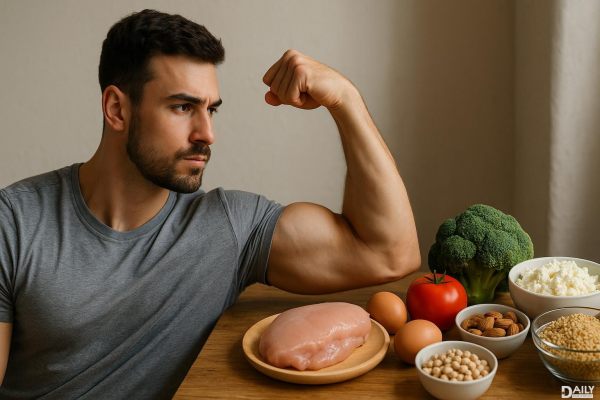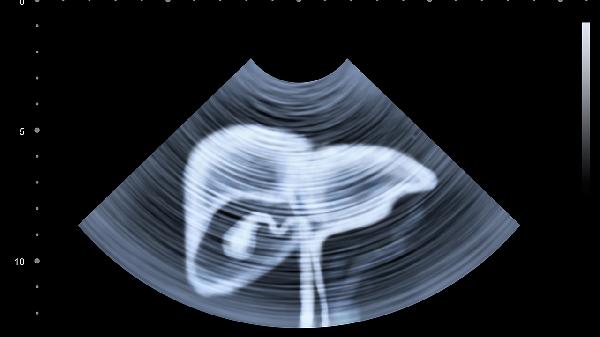Ever noticed how some folks carrying extra weight have arms that look like they belong to someone half their size? It’s not just your imagination—there’s actual science behind why fat distribution plays favorites. The truth? Your body has a mind of its own when it comes to where it stores fat, and arms often get left out of the party. Genetics, hormones, and even lifestyle habits call the shots, making some areas pack on pounds while others stay suspiciously lean. So if you’ve ever wondered why your jeans feel tighter but your sleeves stay loose, buckle up—we’re diving into the weird, wild world of uneven fat storage.

Blame your parents for this one—literally. Your DNA holds the master plan for where fat likes to camp out, and some people are just wired to store less in their arms. Studies show that certain genes influence fat distribution, meaning you might inherit your mom’s tendency to carry weight in your hips or your dad’s knack for a thicker midsection. Ever heard of "apple" vs. "pear" body shapes? That’s genetics in action. For those with skinny arms, it often boils down to fewer fat cells (called adipocytes) in that area. Unlike other spots that balloon up when you gain weight, arms might stay lean because they simply don’t have as many storage units to fill. So next time you side-eye your reflection, remember: your genes are the puppet masters behind the scene.
If genetics writes the script, hormones are the directors yelling “action!” Cortisol (the stress hormone) loves to shuttle fat straight to your belly, while estrogen prefers hips and thighs—leaving arms out of the conversation. Men, thanks to testosterone, often store fat in the gut first, which explains why dad bods come with surprisingly toned forearms. Women, especially after menopause when estrogen drops, might notice fat creeping into new areas (hello, triceps). Even insulin plays a role; high levels can trigger fat storage in the abdomen while skipping extremities. The takeaway? Your hormonal cocktail determines whether your arms stay skinny while other zones expand. It’s not fair, but hey, biology rarely is.
Here’s where you can take some control. Sedentary lifestyles lead to overall fat gain, but muscle loss in the arms can make them appear disproportionately thin. Ever heard of “skinny fat”? It’s when low muscle mass meets higher body fat, creating a paradox where limbs look scrawny but the torso carries extra padding. Diet matters too—crash diets often burn muscle before fat, leaving arms looking stringy. And let’s talk exercise: skipping arm workouts means less muscle to fill out the space, so even if fat accumulates elsewhere, arms stay stick-like. The fix? Strength training. Building biceps and triceps adds shape, making arms look fuller even if fat distribution stays stubborn.
Getting older is like your metabolism hitting the snooze button—repeatedly. After 30, muscle mass declines by 3–8% per decade (thanks, sarcopenia), and fat loves to redistribute. Arms might lose muscle tone, looking thinner even as belly fat increases. Plus, aging alters hormone levels, often shifting fat storage patterns. Women, for instance, might see fat migrate from thighs to the abdomen—and yes, sometimes arms stay weirdly untouched. The silver lining? Resistance training and protein-rich diets can combat muscle loss, helping arms maintain some definition despite your body’s rebellious fat-storage antics.
Sometimes, uneven fat storage signals something deeper. Lipodystrophy (a rare condition affecting fat tissue) can cause extreme fat loss in limbs while fat piles up elsewhere. Thyroid disorders also mess with metabolism, leading to odd fat patterns. Even diabetes can influence where fat settles due to insulin resistance. If your arms seem unusually thin compared to the rest of your body—especially if accompanied by fatigue or other symptoms—it’s worth chatting with a doc. Most cases are just quirky genetics, but ruling out medical causes never hurts.
So there you have it: skinny arms on a bigger body aren’t a glitch—they’re a combo of genetic luck, hormonal quirks, and lifestyle factors. While you can’t rewrite your DNA, you can tweak your workouts and diet to build arm muscle, making those limbs look more balanced. At the end of the day, bodies are weird, wonderful, and wildly unpredictable. Embrace the quirks—they’re what make you, well, you.
























